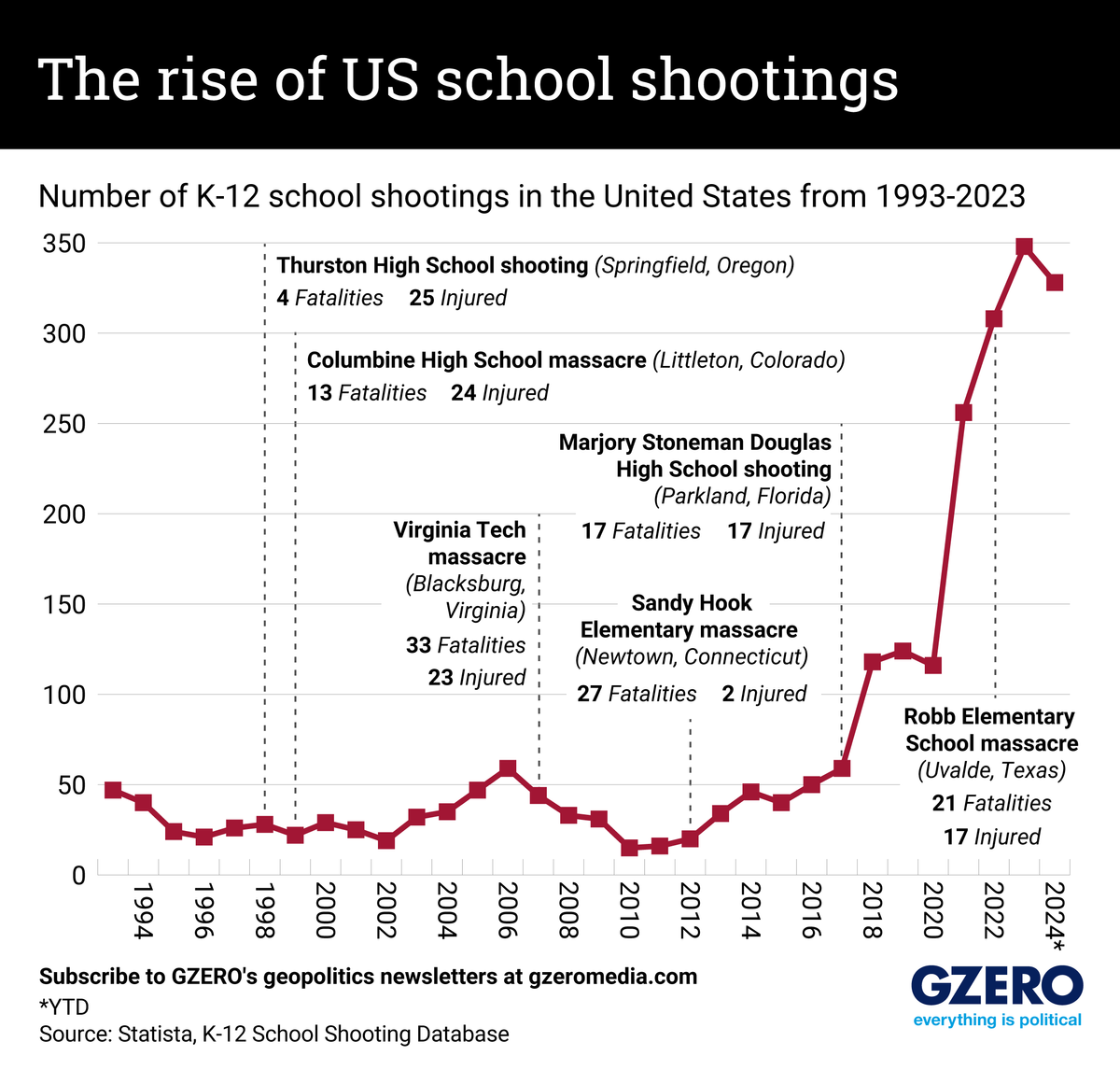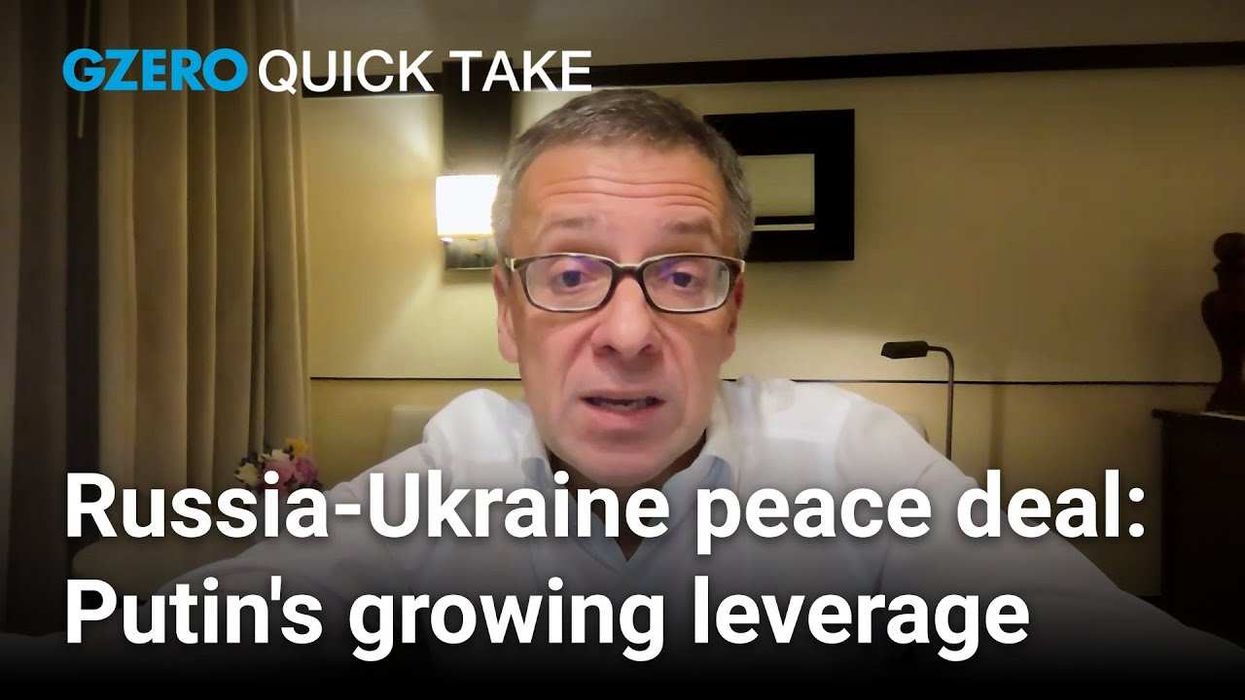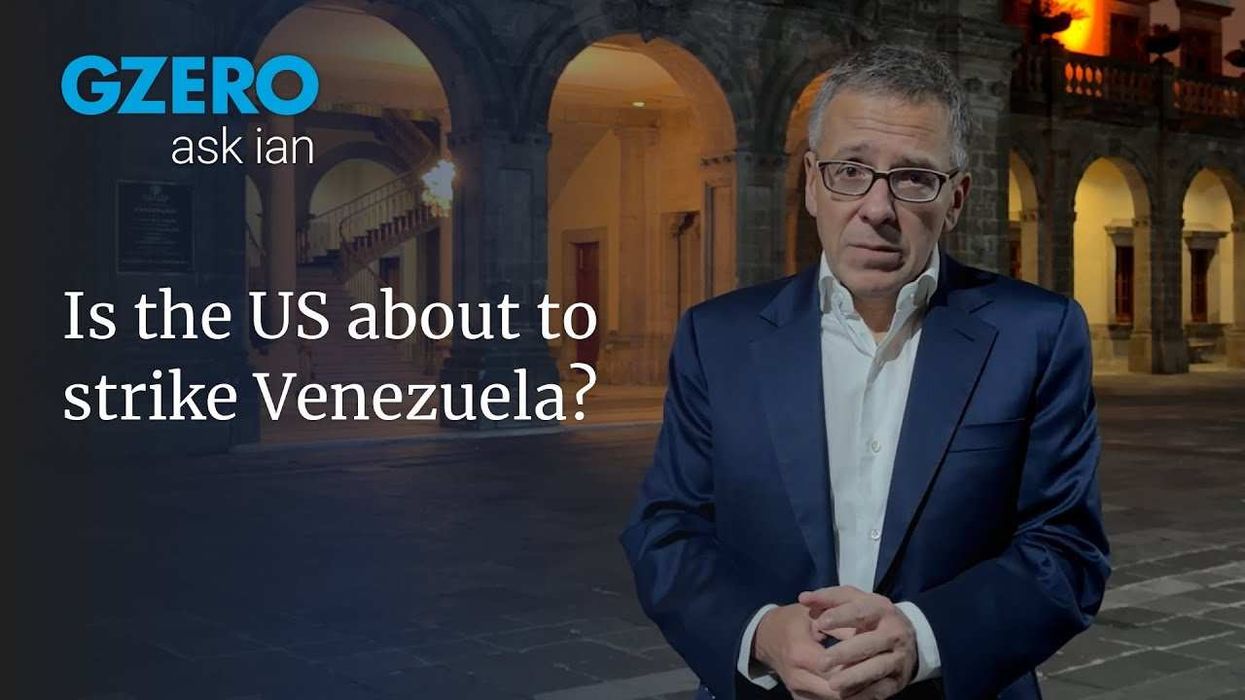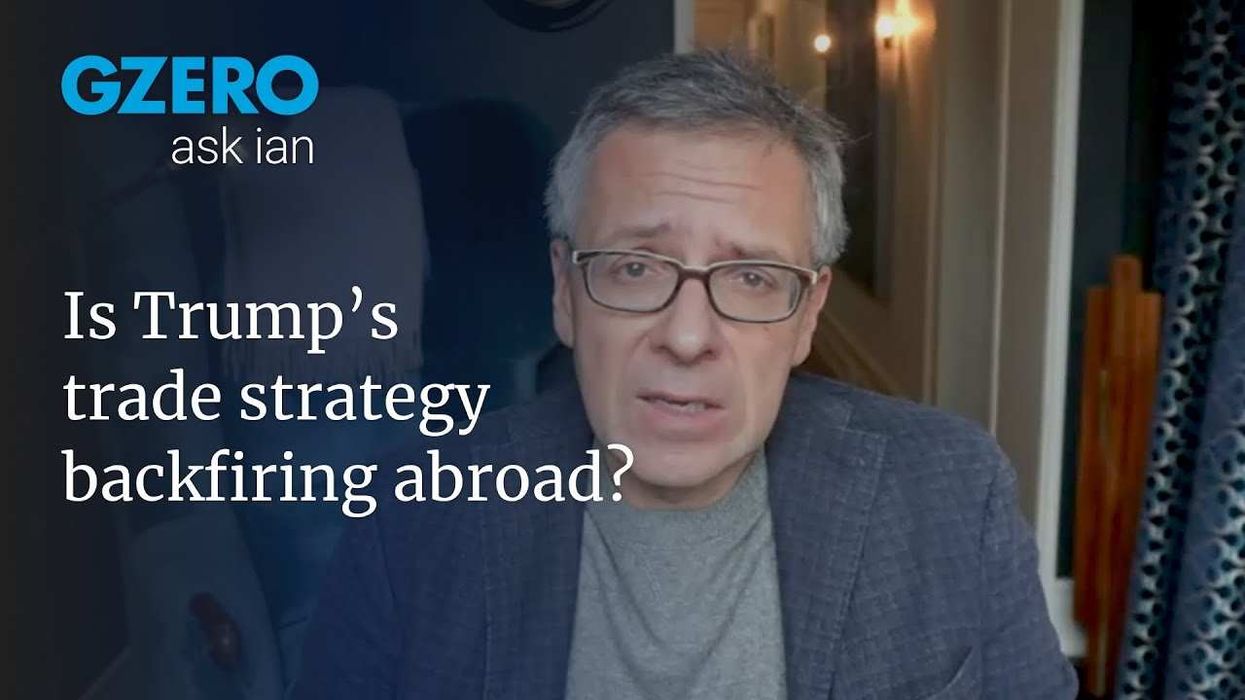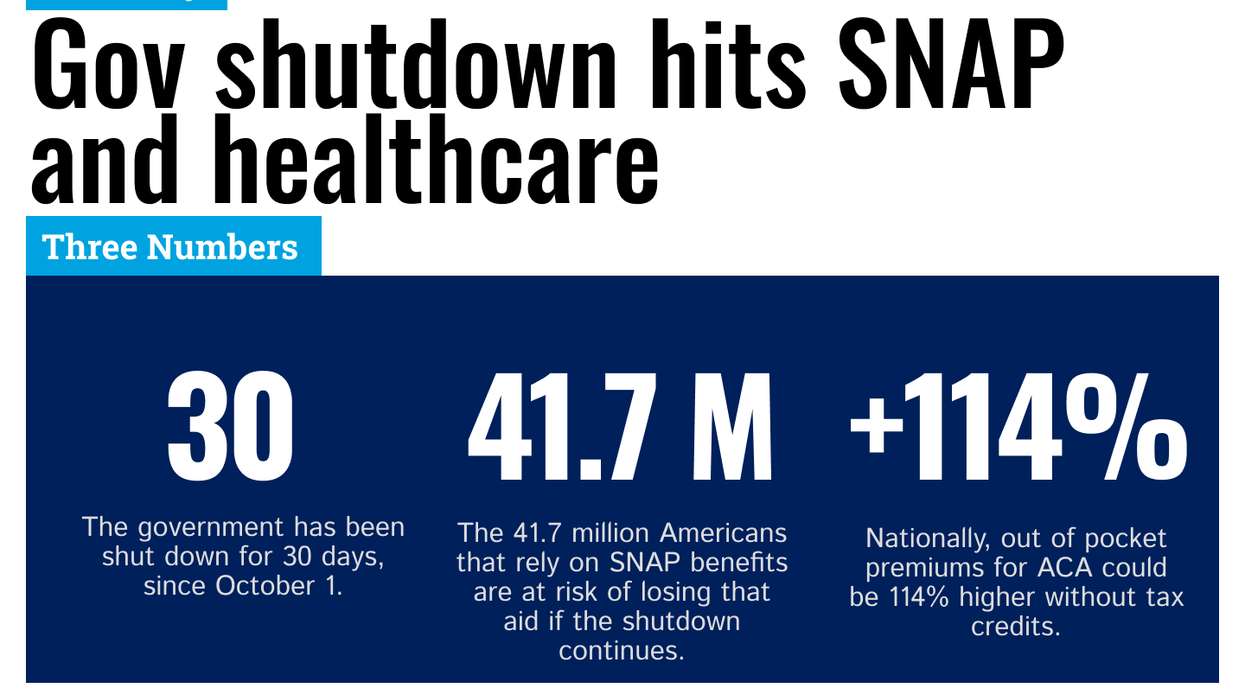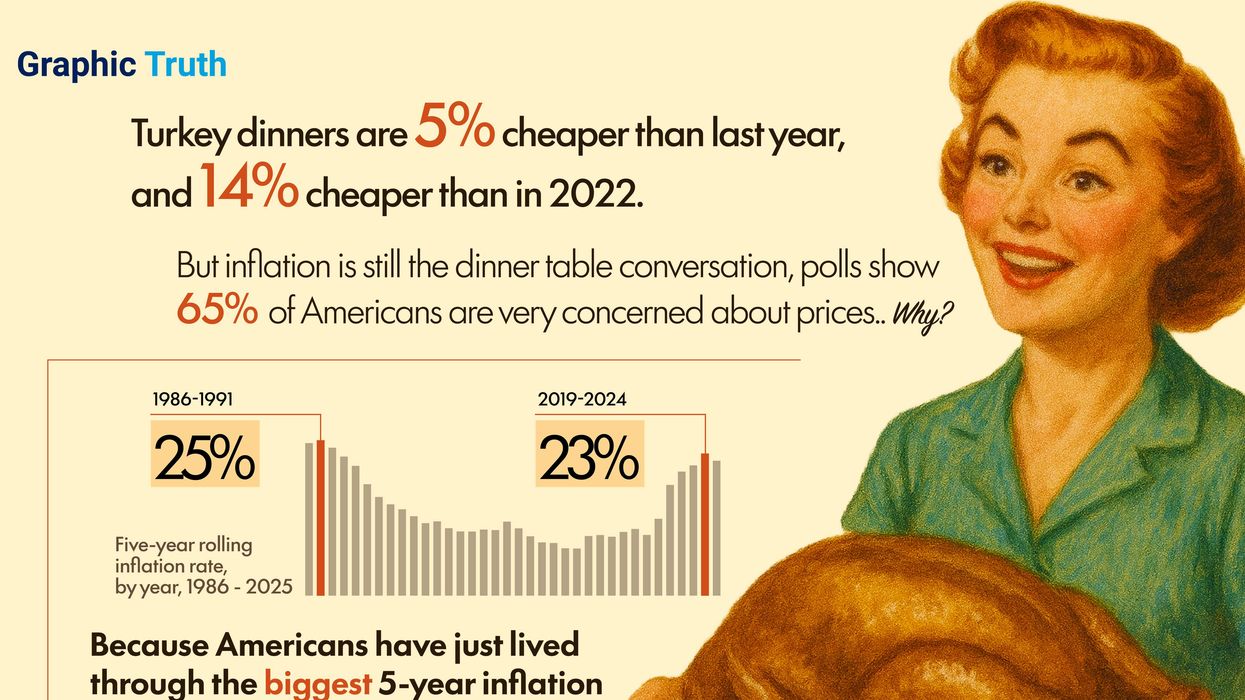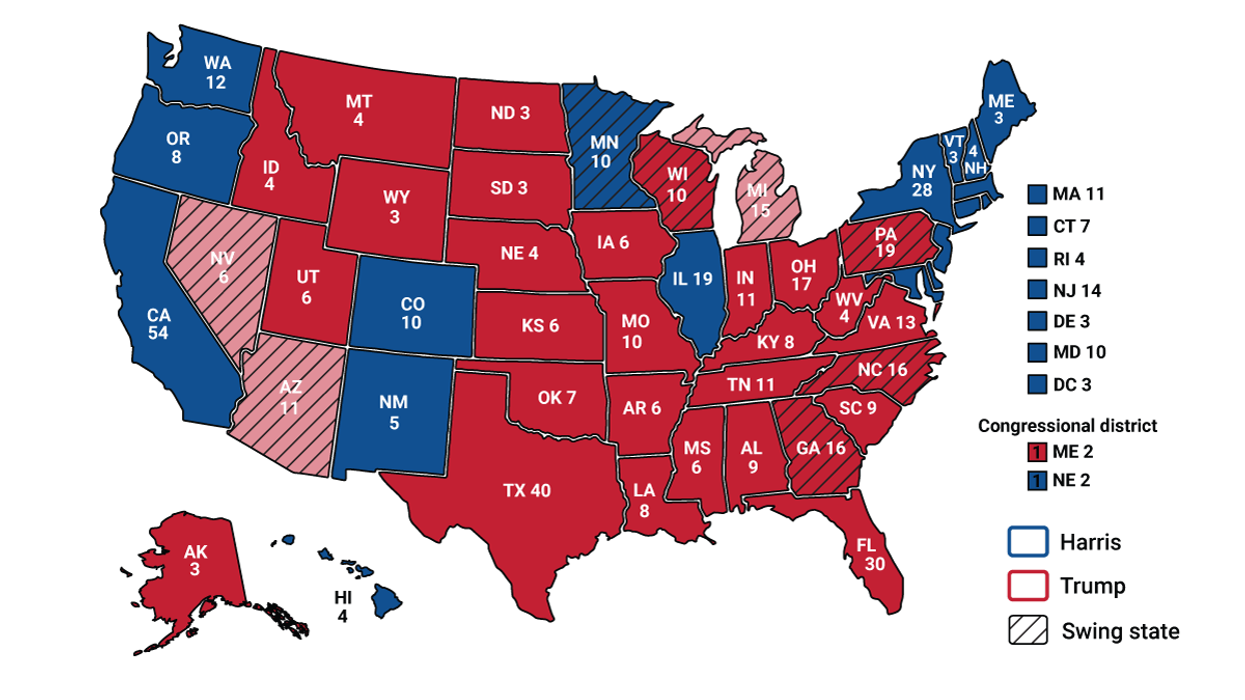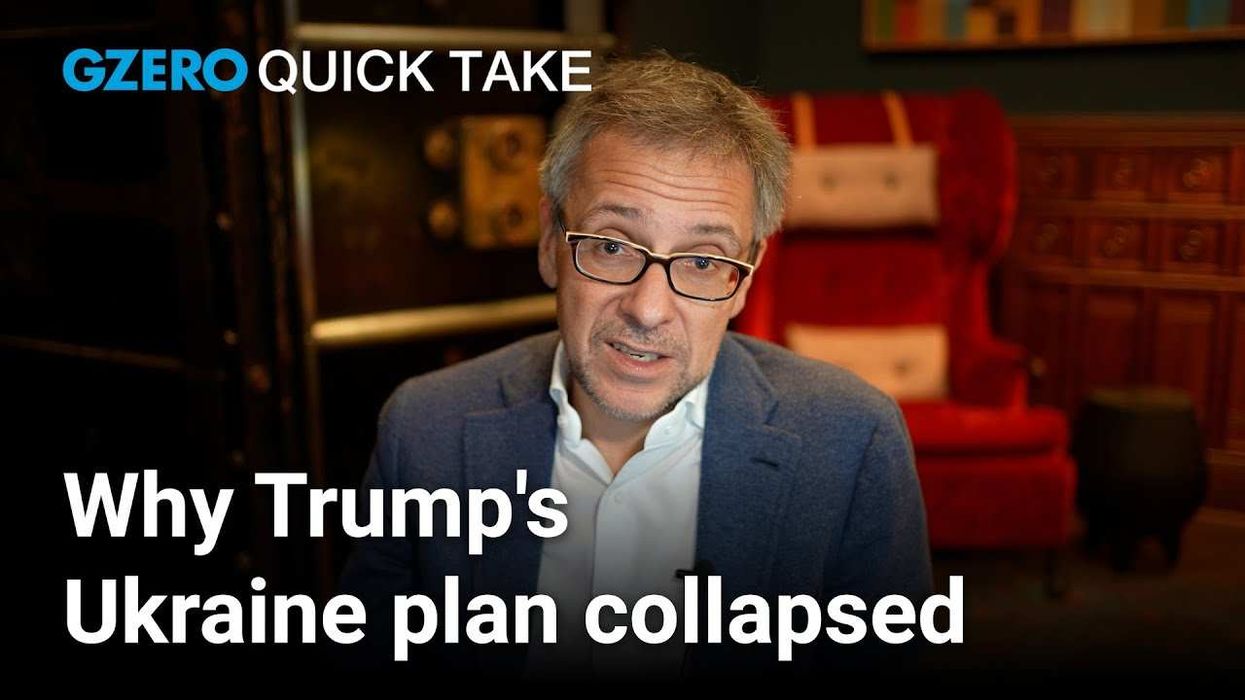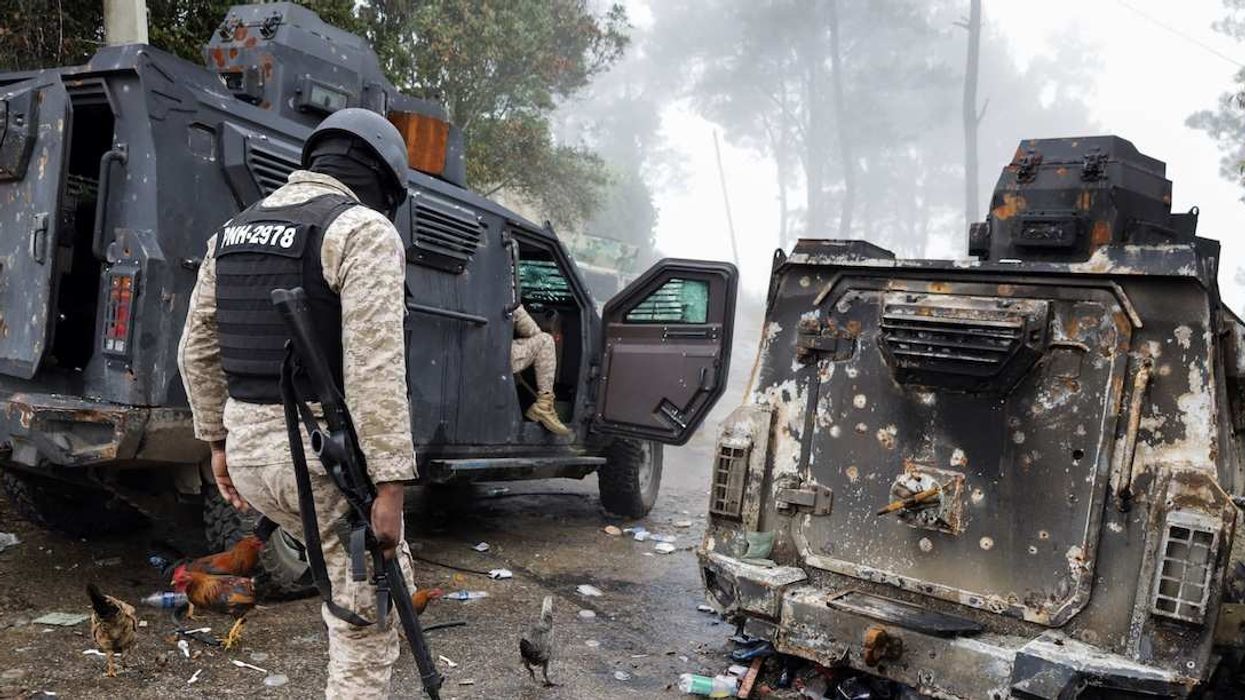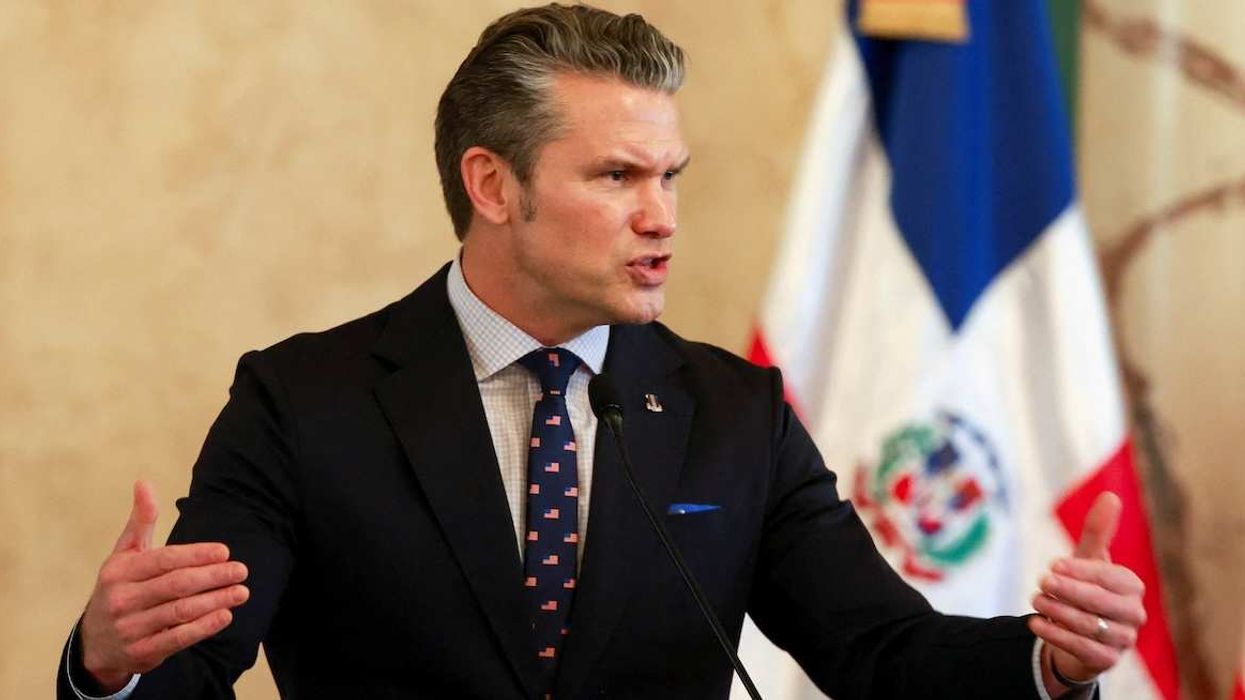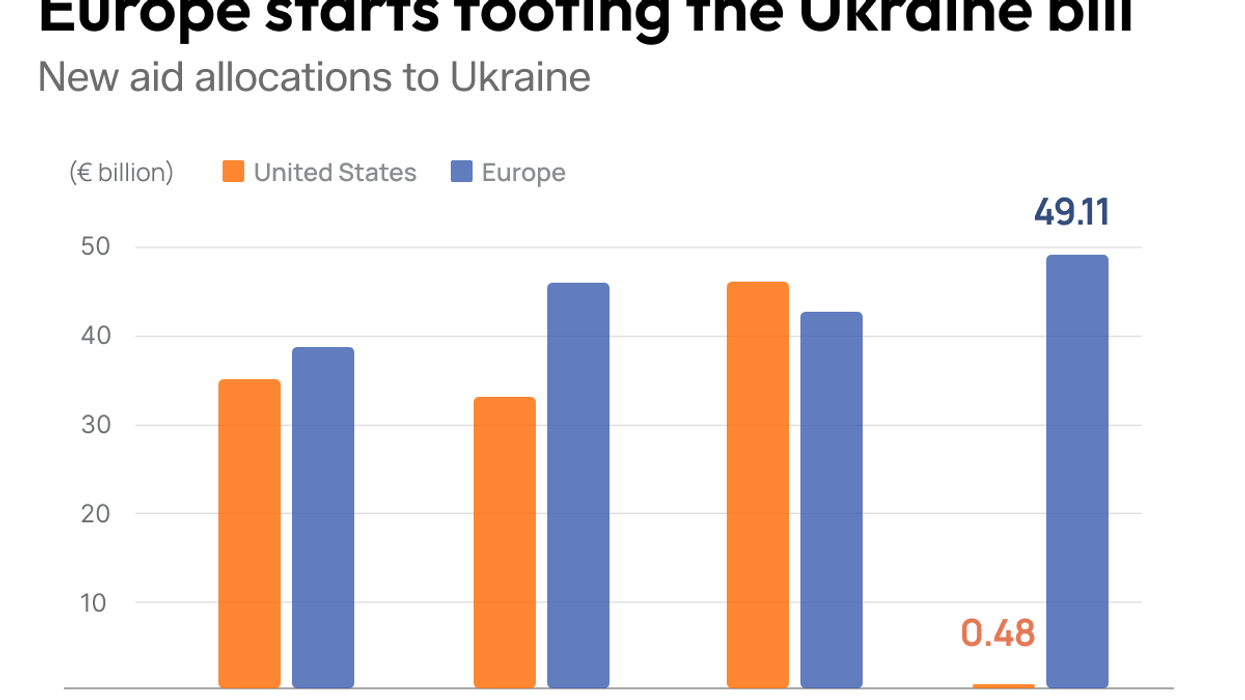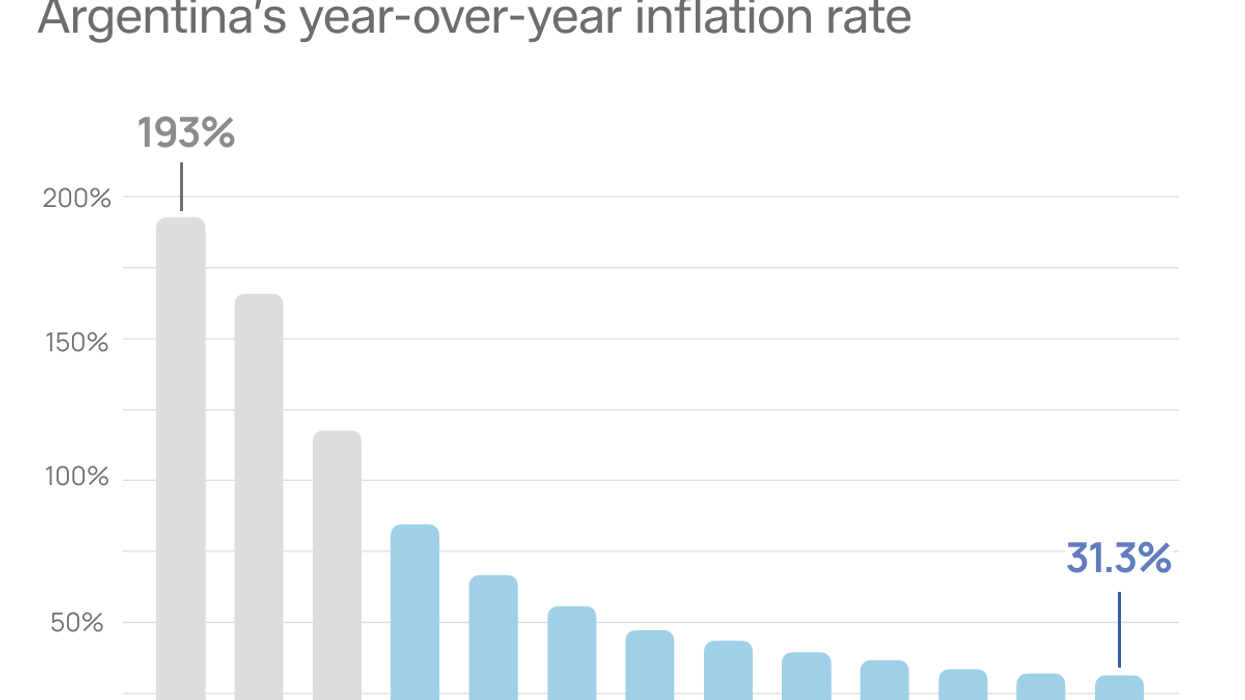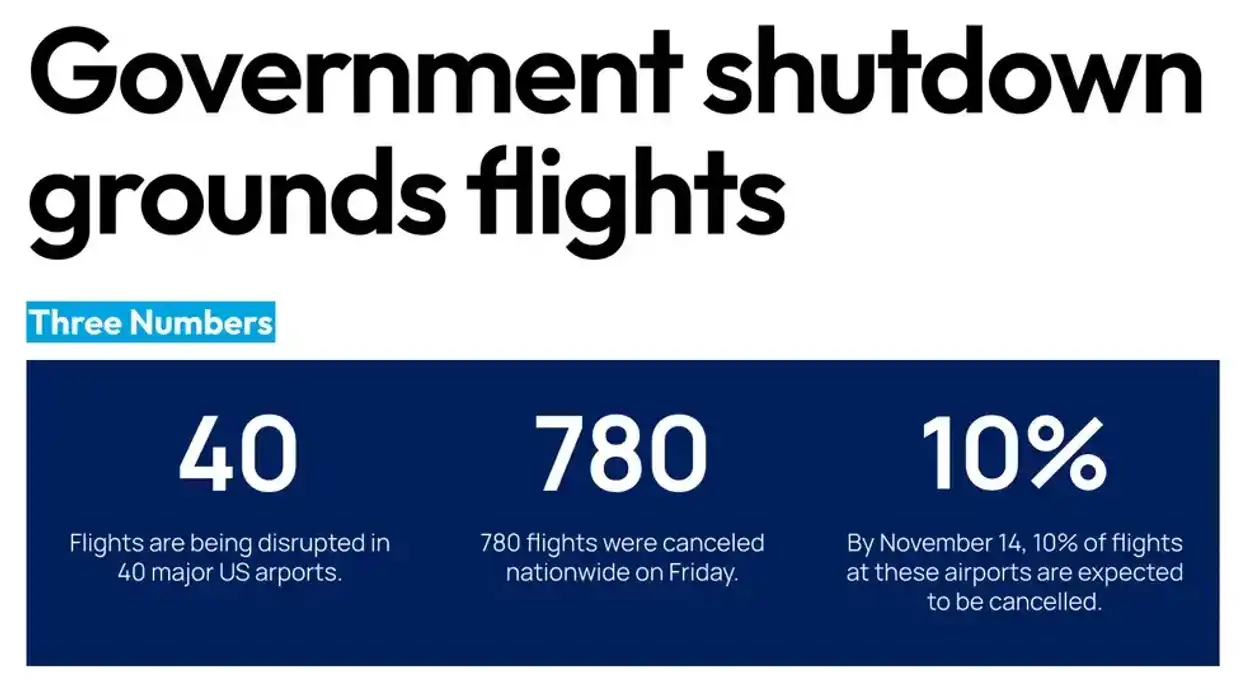Saturday marks 25 years since the mass shooting at Columbine High School in Littleton, Colorado. The attack in which two students used high-powered rifles to murder 12 of their classmates and a teacher before killing themselves was the largest school shooting in US history at the time.
It was also the first to be covered extensively in real-time by cable news, and it set off a national debate about gun violence, as well as the impact of bullying, video games, and prescription drugs on teen mental health.
A quarter of a century later, those debates continue — what’s different is that the frequency of school shootings has surged, increasing nearly sevenfold over the past decade alone.
Although deaths from these kinds of attacks account for only about 1% of total firearm fatalities, their rise tracks a broader increase in gun homicides and suicides that began during the pandemic in 2020.
Here is a look at the rise of school shootings in America beginning in the early 1990s.
